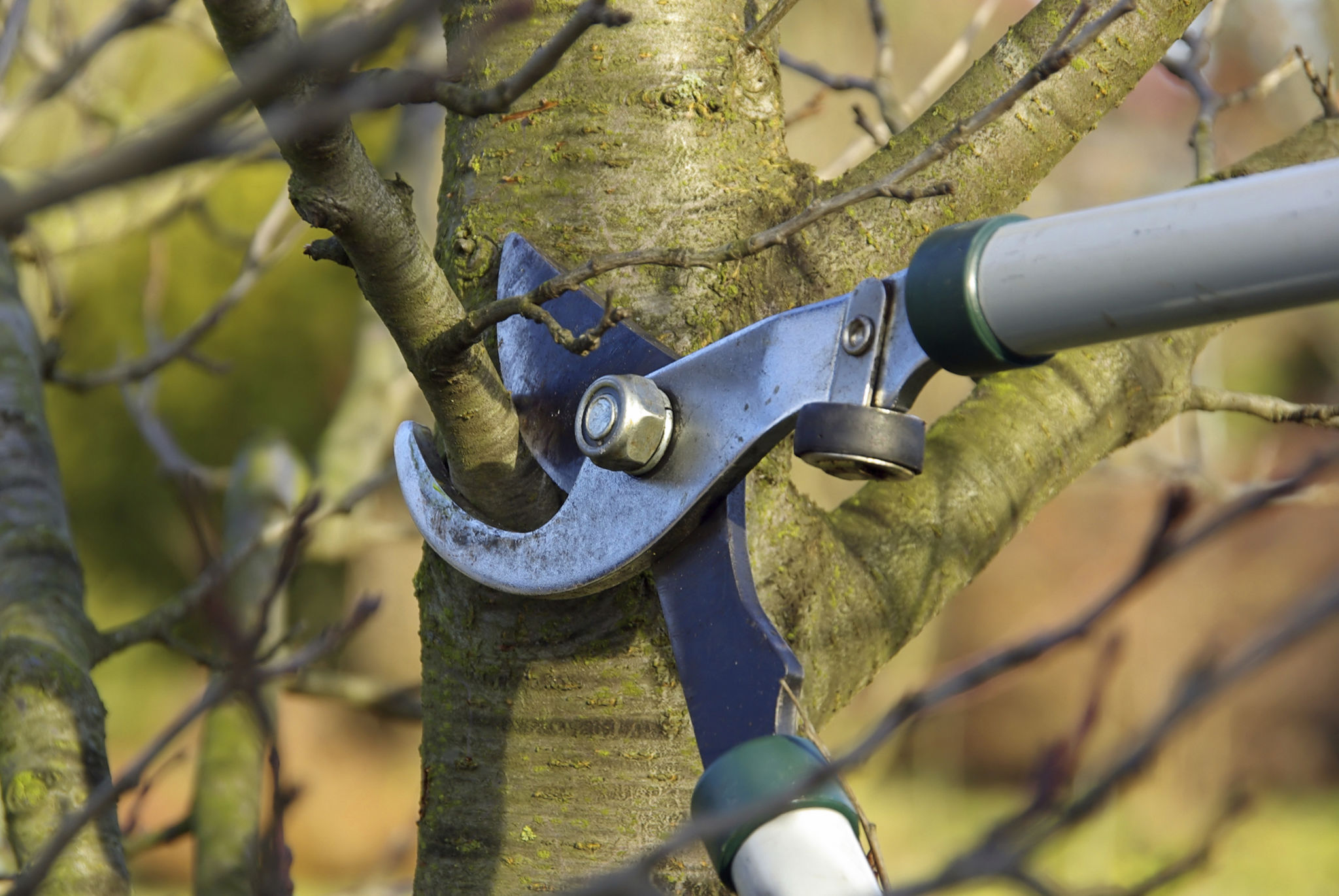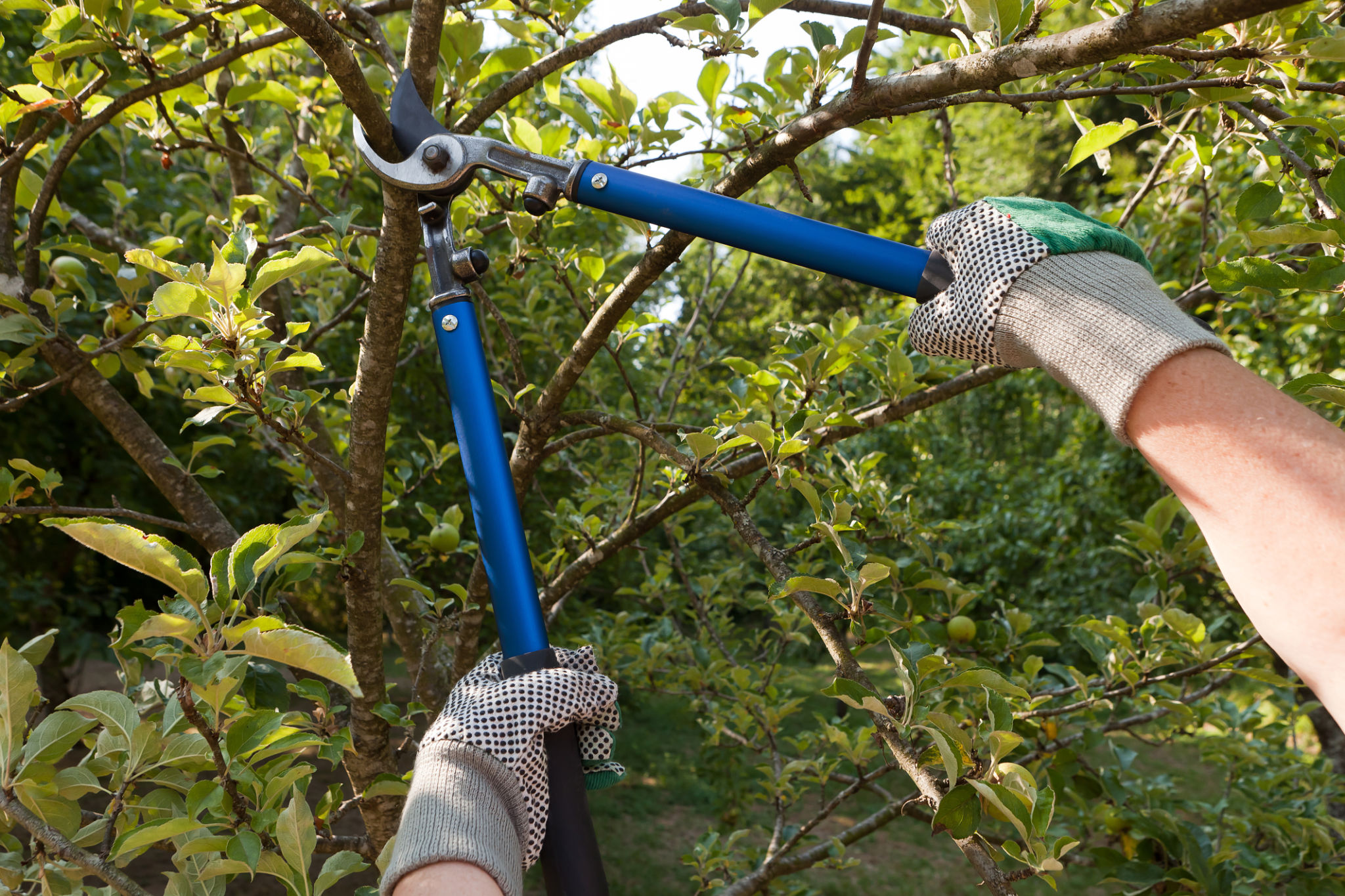Understanding the Importance of Tree Pruning in Ohio's Climate
Understanding Ohio's Climate
Ohio's climate is characterized by cold winters, warm summers, and a moderate amount of precipitation throughout the year. These conditions create a unique environment for trees, which require proper care to thrive. Pruning is a critical aspect of tree maintenance that helps ensure health and longevity.
Due to the state's diverse weather patterns, residents must pay close attention to how their trees react to different seasons. The combination of heavy snowfalls, spring rains, and summer heat can stress trees, making pruning an essential practice for maintaining their structural integrity and aesthetic appeal.

Benefits of Tree Pruning
Tree pruning offers numerous benefits that go beyond just enhancing a tree's appearance. Here are some key advantages:
- Health Improvement: Pruning helps remove dead or diseased branches that could otherwise harm the tree.
- Increased Sunlight and Air Circulation: By thinning out branches, pruning allows more sunlight and air to reach the tree's core, promoting better growth.
- Safety: Removing weak or damaged branches reduces the risk of them falling and causing injury or property damage.
Best Time for Tree Pruning in Ohio
The timing of tree pruning is crucial to achieve optimal results. In Ohio, the best time to prune most trees is during their dormant season—typically late winter or early spring. During this period, trees are less susceptible to diseases and pests, and the absence of leaves makes it easier to identify which branches need removal.

However, certain trees may require pruning at different times of the year. For example, spring-flowering trees should be pruned after they bloom to avoid cutting off next year's blossoms. Consulting with a local arborist can provide guidance tailored to specific tree species.
Pruning Techniques and Tools
Proper pruning involves using the right techniques and tools to ensure the health of the tree. Some common pruning methods include:
- Thinning: Removing entire branches to open up the canopy.
- Reduction: Shortening branches to reduce the overall size of the tree.
- Cleaning: Eliminating dead, diseased, or broken branches.
Essential tools for pruning include hand pruners for small branches, loppers for medium-sized limbs, and pruning saws for larger branches. Ensuring tools are sharp and clean helps prevent damage to the tree.

The Role of Professional Arborists
While many homeowners can manage minor pruning tasks, hiring a professional arborist is often advisable for larger or more complex jobs. Arborists have the expertise necessary to assess tree health accurately and execute precise pruning techniques that promote growth and safety.
Professional arborists also offer insight into long-term tree care strategies, helping homeowners make informed decisions about their landscape management. This expertise is especially valuable in Ohio's variable climate, where weather conditions can change rapidly.
Conclusion
Understanding the importance of tree pruning in Ohio's climate is crucial for maintaining healthy, beautiful trees. By recognizing the benefits of pruning, adhering to seasonal guidelines, employing proper techniques, and consulting with professionals when necessary, residents can ensure that their trees remain an asset to their property for years to come.